Service hotline
+86 0755-23615795
Release date:2025-05-21Author source:KinghelmViews:1877
In an era of increasingly complex electronic devices and systems, connectors, as critical hubs for signal and power transmission, have their anti-interference capabilities directly impacting device performance and stability. Whether in communication base stations, industrial automation equipment, or consumer electronics, once connectors are affected by issues such as electromagnetic interference (EMI) or signal crosstalk, they can cause data transmission errors, equipment failures, or even system collapses. Therefore, how to effectively enhance the anti-interference capability of connectors has become a vital issue for engineers and manufacturers to address. This article provides a comprehensive solution strategy, from principle analysis and technical solutions to practical applications.
1. Analysis of Interference Sources and Types
Before discussing anti-interference methods, it is essential to clarify the interference sources and types that connectors face. Interference sources are mainly divided into external and internal interferences. External interferences include natural phenomena like lightning and static electricity, as well as electromagnetic radiation from surrounding electronic devices. Internal interferences originate from the connectors themselves or within the system, such as signal crosstalk and power supply noise. Common types of interference include electromagnetic interference (EMI), radio frequency interference (RFI), and electrostatic discharge (ESD) interference. EMI affects signal transmission through spatial radiation or conduction; RFI, often caused by high-frequency signals, easily distorts signals; and ESD can instantly damage sensitive components in connectors. A deep understanding of these interference characteristics is the foundation for formulating targeted anti-interference measures.
Adding filters to the signal or power input terminals of connectors can effectively suppress interference signals at specific frequencies. Common filter types include capacitor filters, inductor filters, and EMI filters. Capacitor filters bypass high-frequency interference signals and are often used in power lines; inductor filters reduce interference by blocking high-frequency currents; EMI filters, which integrate capacitors and inductors, can suppress both common-mode and differential-mode interference, widely applied in connector systems for communications, computers, and other fields. When installing filters, select appropriate parameters based on interference frequency and signal characteristics, and ensure tight connections between filters and connectors to avoid introducing new interference.
(1) Industrial Automation
Industrial environments contain numerous motors, frequency converters, and other equipment, creating complex electromagnetic interference. Connectors in such scenarios require higher anti-interference ratings. In addition to metal shielding casings and multi-layer shielded cables, connectors can be potted with insulating materials like epoxy resin to fill internal gaps, enhancing moisture resistance, dustproofing, vibration resistance, and further improving electromagnetic shielding. Industrial connectors should also be designed and tested in compliance with relevant standards (e.g., IEC 61000) to ensure stable operation in harsh electromagnetic environments.
Communication equipment demands extremely high accuracy and stability in signal transmission, so connectors must prioritize RFI and signal crosstalk. RF connectors with impedance matching designs can reduce signal reflection. In high-speed connectors for data centers, differential signal transmission technology, combined with shielding structures and low-loss cables, minimizes signal attenuation and crosstalk. Regular cleaning and maintenance of connectors are also essential to prevent dust and moisture from affecting shielding performance and electrical connection quality.
Consumer electronics pursue miniaturization and thinness, posing higher challenges for anti-interference design in connectors. Optimizing PCB wiring to isolate connectors from sensitive circuit areas and using flexible printed circuit (FPC) connectors to reduce cable quantity and length can lower interference risks. Additionally, applying anti-static coatings to connector surfaces prevents ESD interference and protects internal components.
Improving a connector’s anti-interference capability is a systematic project requiring comprehensive consideration of design, materials, processes, and application scenarios. Through measures like optimized electromagnetic shielding design, improved grounding systems, rational cable planning, and filtering technologies, interference effects on connectors can be effectively reduced. Meanwhile, personalized anti-interference solutions must be developed for different industries’ needs. As electronic technology evolves, new interference challenges and solutions will emerge, requiring engineers and manufacturers to stay abreast of technological trends and innovate continuously. This ensures connectors maintain reliable performance in complex environments, providing a solid foundation for the stable operation of electronic devices and systems.
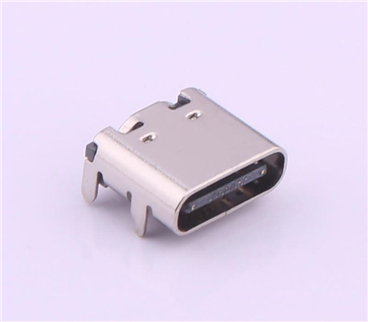
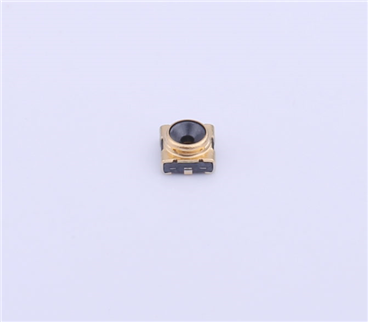
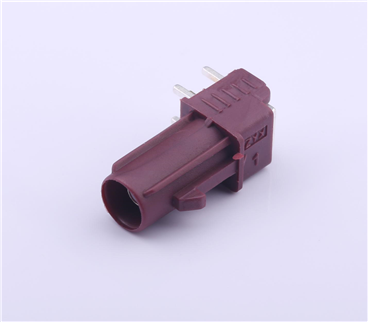
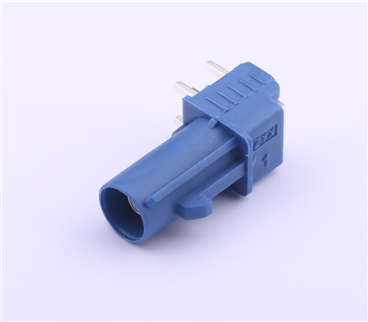
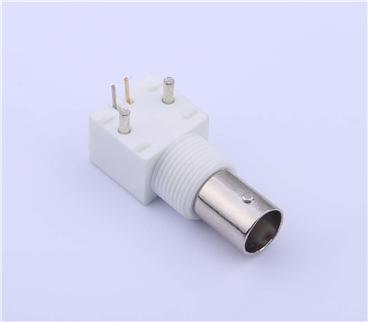
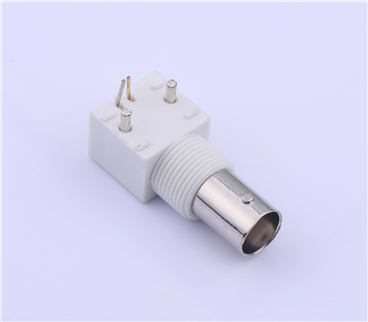
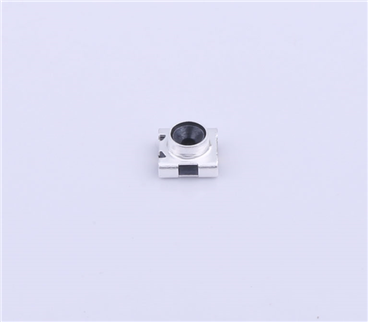

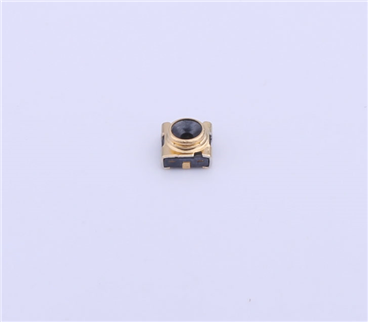
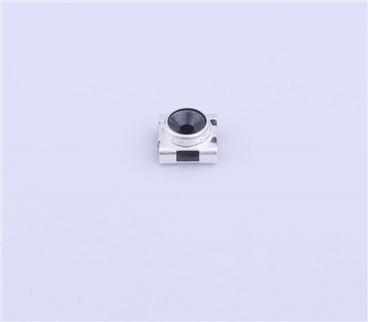
Copyright © Shenzhen Kinghelm Electronics Co., Ltd. all rights reservedYue ICP Bei No. 17113853